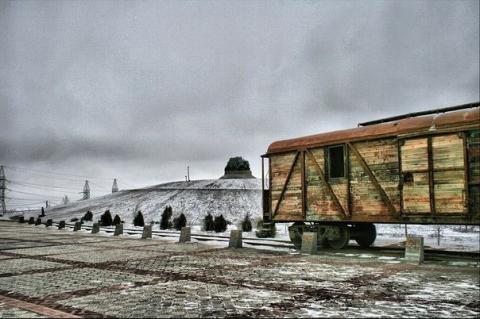Статья
Автор 1 | RUS Калмыцкий институт гуманитарных исследований РАН ENG Kalmyk Institute for Humanities of the Russian Academy of Sciences |
Заглавие | RUS К ИСТОРИИ ИЗУЧЕНИЯ ПОСЕЛЕНИЯ ДЖАНГАР ENG |
Аннотация | RUS ENG |
Ключевые слова | поселения ◆ топографический план ◆ кремневые орудия труда ◆ керамика ◆ неолит ◆ Северо-Западный Прикаспий ◆ settlements ◆ Stone Age ◆ North-Western Caspian Area ◆ topographic plan ◆ silicious tools ◆ ceramics ◆ Neolithic epoch |









